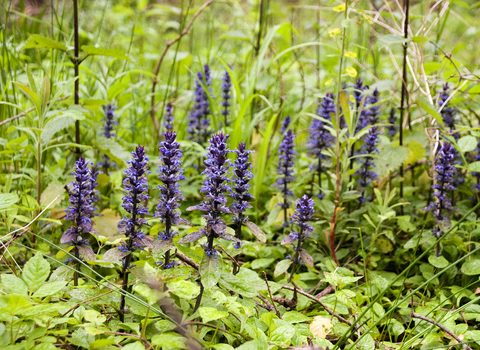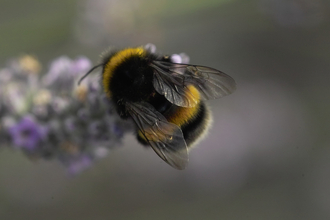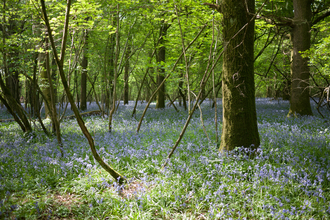
©Paul Lane
Bugle
Often found carpeting damp grassland and woodland clearings, the blue flower spikes of bugle are very recognisable. A short, creeping plant, it spreads using runners.
Scientific name
Ajuga reptansWhen to see
April to JulySpecies information
Category
Statistics
Height: up to 20cmConservation status
Common.



